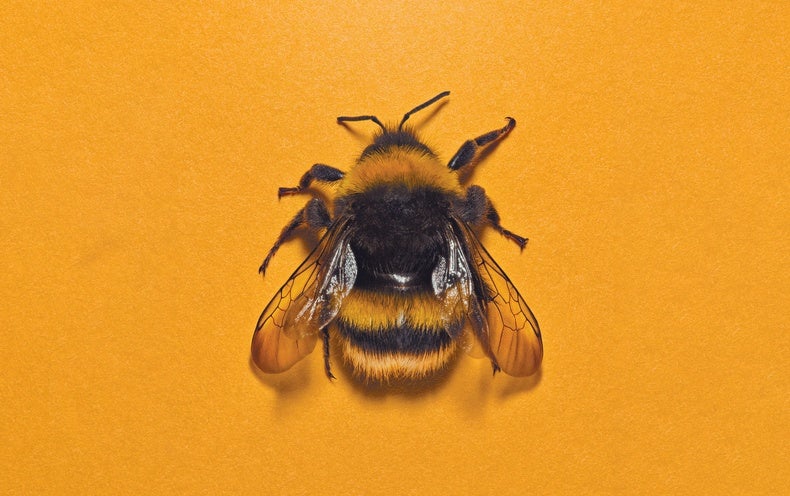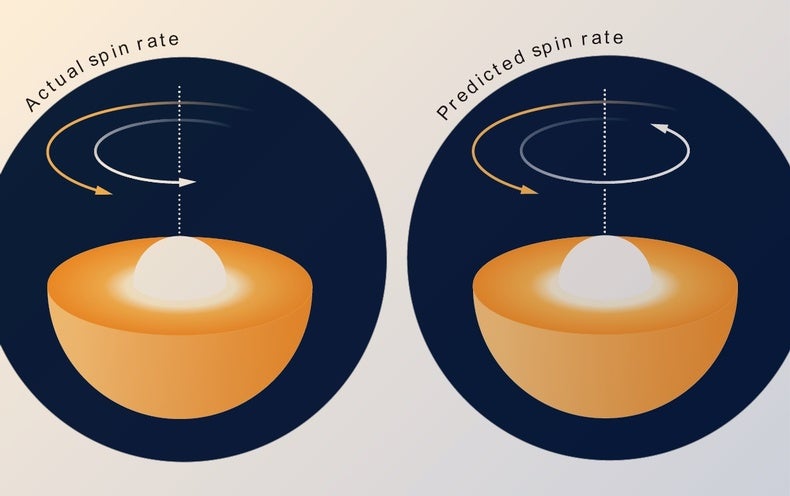People on the East Coast earlier this month experienced something that occurs with relative frequency in the West: ominous orange skies lit up by dense wildfire smoke. Across the I-95 corridor they responded with many important questions: How bad is the air quality where I live? Can I exercise outside? When will the smoke go… Continue reading Wildfires Will Only Get Worse. We Need Satellite Tracking of Air Pollution
Tag: Quantum Stuff
How the Brain Protects Itself From Blood-Borne Threats
Enough pints of beer can have you falling off your bar stool or loudly reciting lyrics to early 2000s jams to total strangers, because alcohol can get past one of the strongest defenses in the body. If you’ve ever been drunk, high or drowsy from allergy medication, you’ve experienced what happens when some molecules defeat… Continue reading How the Brain Protects Itself From Blood-Borne Threats
The Simple Geometry That Predicts Molecular Mosaics
Over the next year, Domokos and his colleagues used geometric thinking to unpack the rules of molecular self-assembly — devising a new way to constrain the mosaics that molecules can form, using only the simple geometry of tessellation. “At first, they did not believe that you can do it,” Domokos said. “They were doing artificial… Continue reading The Simple Geometry That Predicts Molecular Mosaics
Do Insects Feel Joy and Pain?
In the early 1990s, when I was a Ph.D. student at the Free University of Berlin modeling the evolution of bee color perception, I asked a botany professor for some advice about flower pigments. I wanted to know the degrees of freedom that flowers have in producing colors to signal to bees. He replied, rather… Continue reading Do Insects Feel Joy and Pain?
Mathematicians Discover New Way to Predict Structure in Graphs
It has been an exhilarating year in combinatorics research. In early 2023, mathematicians were stunned when two of the biggest problems in the field were solved in as many months. Now, a third major question has fallen with a 14-page proof “that has absolutely all the right ideas,” said Mehtaab Sawhney of the Massachusetts Institute… Continue reading Mathematicians Discover New Way to Predict Structure in Graphs
Computer Scientists Inch Closer to Major Algorithmic Goal
“In other words,” Sun said, “in order to further improve graph isomorphism, group isomorphism is a big bottleneck.” A Problem Transformed When progress on a problem stalls as long as it did for group isomorphism, invention is usually necessary to get unstuck. “When you have a big advance, that should be some indication that there’s… Continue reading Computer Scientists Inch Closer to Major Algorithmic Goal
In New Paradox, Black Holes Appear to Evade Heat Death
The AdS/CFT duality has been reliably blowing people’s minds for over 25 years. It’s hard to visualize how such different systems as a black hole and a hot plasma could be equivalent. Now it seems that the difficulty is not just a failure of the human imagination, but a feature of the mathematics. As a… Continue reading In New Paradox, Black Holes Appear to Evade Heat Death
Young People in Historic Climate Trial Rest Their Case
CLIMATEWIRE | HELENA, Mont. — Young people suing Montana for embracing fossil fuels will wrap up their case Friday, closing out a week of bashing officials for ignoring climate effects they say are warming the state’s famed fishing rivers, melting its iconic glaciers and harming its youngest residents. The state — which has argued during cross-examination… Continue reading Young People in Historic Climate Trial Rest Their Case
Scientists Solve Star Spin Mystery
Astronomers can measure how fast stars spin by observing “starquakes”—seismic tremors that are the equivalent of earthquakes on our planet. Yet these observations have posed a puzzle because many stars seem to be spinning slower than they should be. In a new study, researchers modeled how a magnetic field could grow in the internal layers… Continue reading Scientists Solve Star Spin Mystery
Ocean Vent Explorer Guides NASA’s Look at Icy Alien Worlds
Quanta Magazine > 0; if (typeof predicate !== ‘function’) { throw new TypeError(‘predicate must be a function’); } var thisArg = arguments[1]; var k = 0; while (k We care about your data, and we’d like to use cookies to give you a smooth browsing experience. Please agree and read more about our privacy policy.Agree… Continue reading Ocean Vent Explorer Guides NASA’s Look at Icy Alien Worlds



